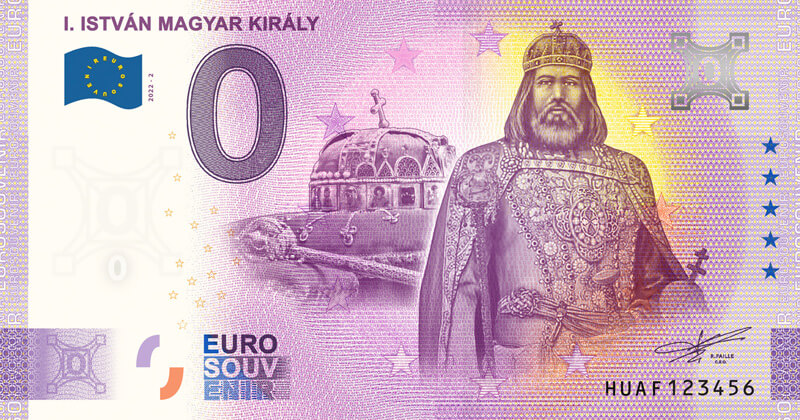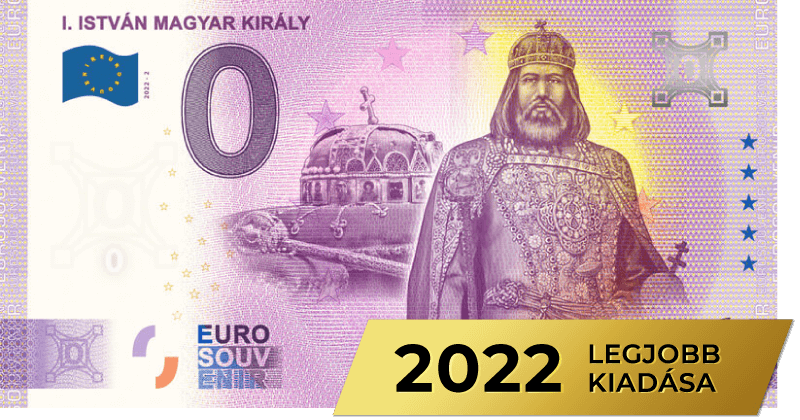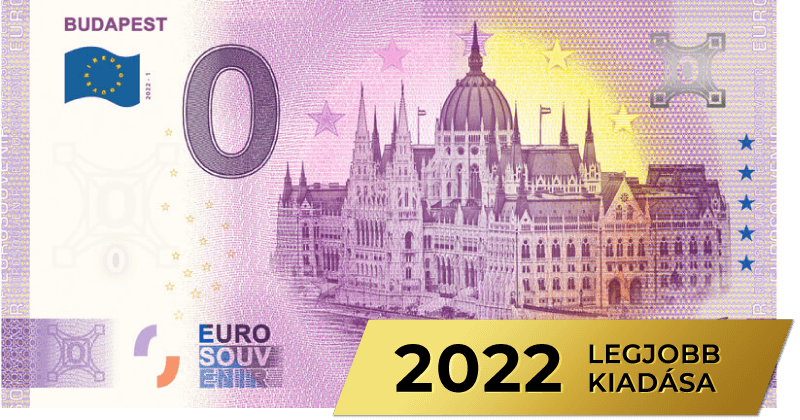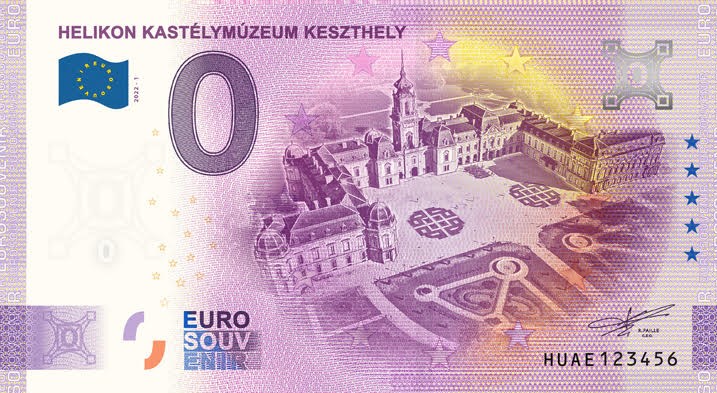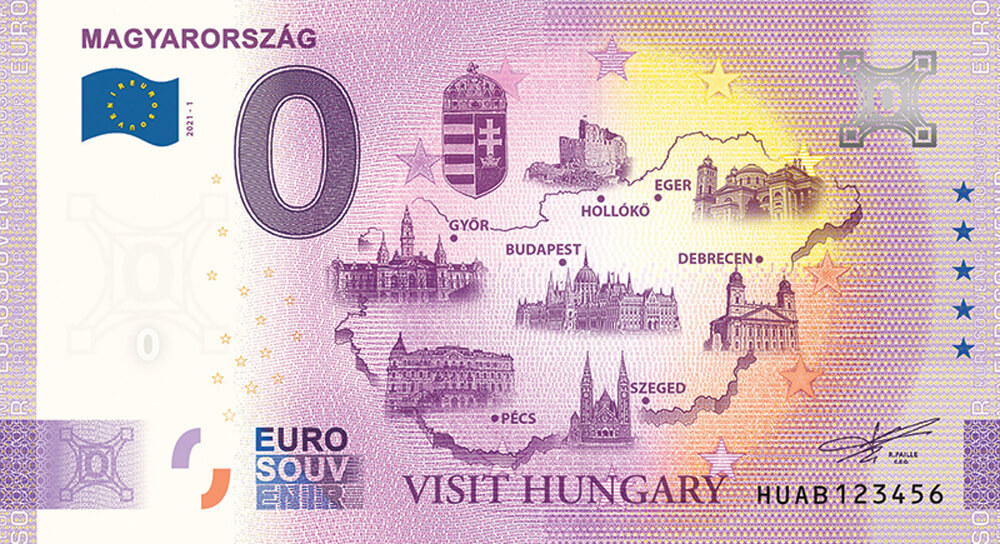More about the banknote
King Stephen I.
(Saint) King Stephen I.
As the son of Grand Prince Géza of Hungariand, he was born with the name Vajk, and later received the name István (Stephen) at baptism. He was the last Hungarian Grand Prince and the first Hungarian King. However, it was not easy for him to ascend the throne, his relative Grand Prince Koppány also claimed the throne. István (Stephen) finally defeated Koppány with German help, so his throne was secured. In 1000, he received a crown from Pope Sylvester II, thereby recognizing the country’s political and religious independence.
Over the following years, he gradually increased his power and territories. He reorganized the tribal areas under his control into counties, headed by the ispan.
During his reign, he carried out a huge work of church organization. He founded dioceses and archbishoprics, had monasteries built and had a church erected for every tenth village.
His work „Intelmek”, addressed to his son, Prince Imre, was the most important Hungarian literary work of that time, which laid the foundation for the country’s laws. It contains rules that a good king must follow. István’s (Stephen’s) personality and spirit are beautifully reflected in this law book.
He died in 1038, and before his death he dedicated the country to the Virgin Mary, mother of Jesus Christ.
50 years later, (Saint) King László I. canonized him with papal permission, together with his son Prince Imre and Bishop Gellért. The Catholic Church made him the patron saint of Hungary due to his church organizing activities.
Coronation Jewels
The Coronation jewels are symbols of royal power that are given to the new ruler during the coronation. The Hungarian coronation insignia can be said to be the most well-preserved ensembles of medieval origin in Europe.
These include the Holy Crown, the Coronation Robe, the Royal Scepter, the Globus Cruciger and the Coronation Sword.
The Holy Crown is the symbol of Hungarian statehood. The circumstances of its origin have been shrouded in obscurity for centuries, as no contemporary written sources or depictions have survived. It consists of 2 main parts, the lower strap, which is called the Greek crown (corona graecan) and the upper cross straps, which is known as the Latin crown (corona latina).
If you have any questions, please contact us at info@euroemlekpenz.hu.
Why do 0 euro banknotes have collector value?
- paper and security features identical to genuine euro banknotes (holograms, letters, UV elements, …)
- produced at the Oberthur Technologies printing plant in Paris, which also produces genuine euro banknotes
- Each piece is unique thanks to serial numbering (like the classic banknotes)
- they are produced in a limited number of editions, which increases their value among collectors
How to buy a banknote?
Place the banknote of your choice in the basket, fill in your details at the checkout and then pay for your order. You can choose from:
Why do 0 euro banknotes have collector value?
- paper and security features identical to genuine euro banknotes (holograms, letters, UV elements, …)
- produced at the Oberthur Technologies printing plant in Paris, which also produces genuine euro banknotes
- Each piece is unique thanks to serial numbering (like the classic banknotes)
- they are produced in a limited number of editions, which increases their value among collectors
Similar prints and editions
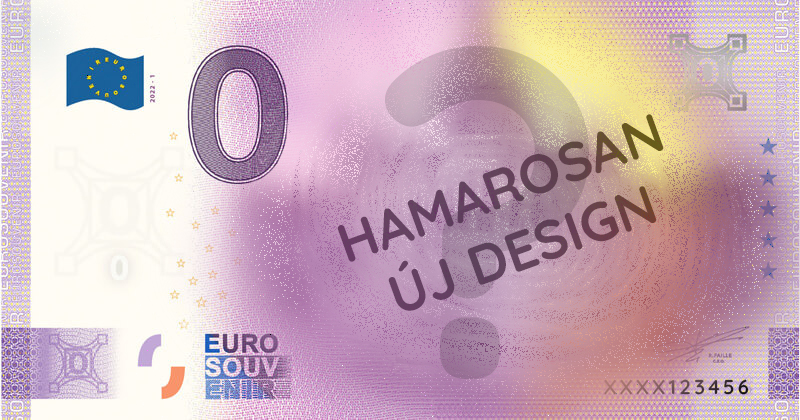

New editions coming soon!
We are working on a new edition for your collection. Get to know our banknotes issued so far.

